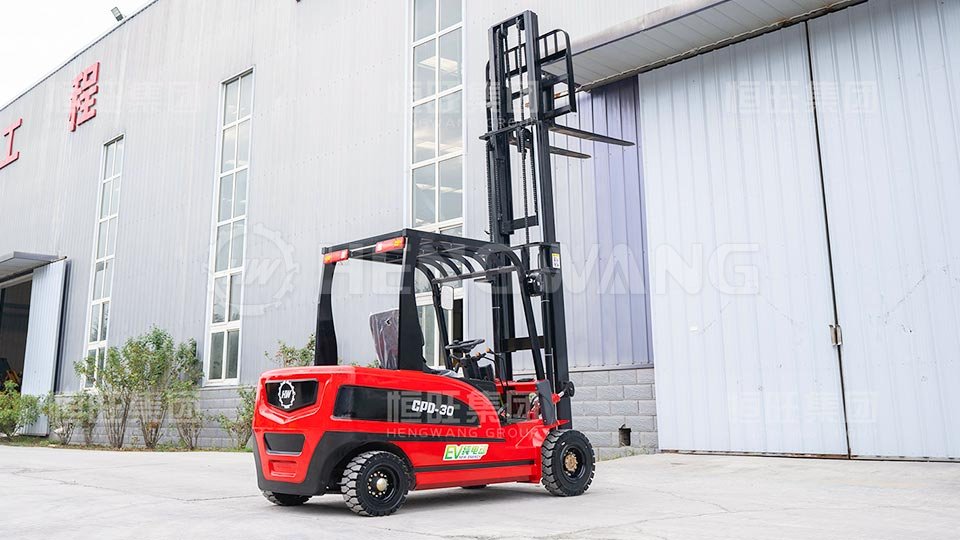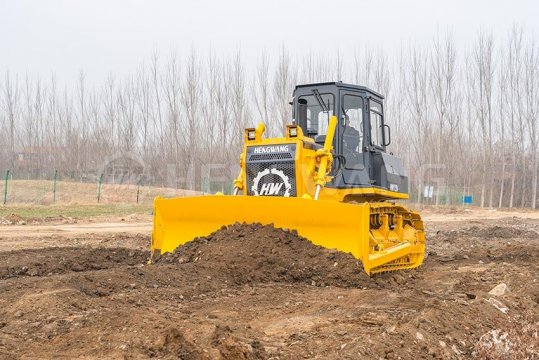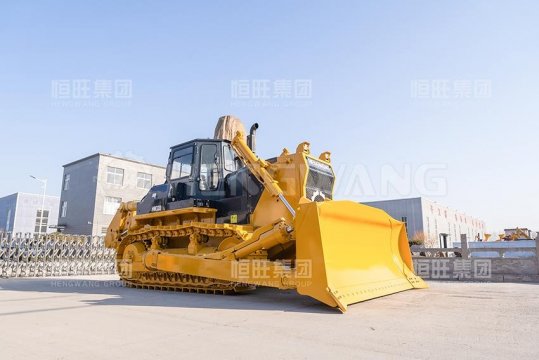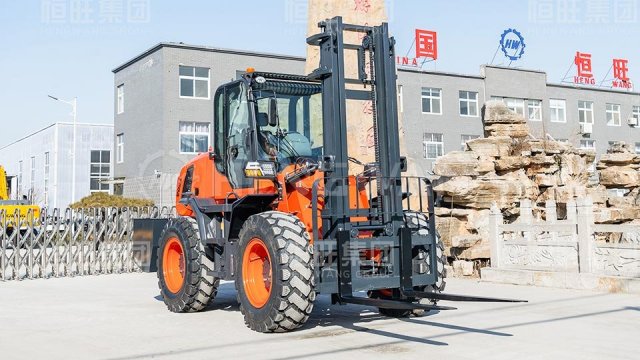In daily warehouse operations, electric forklifts, as core handling equipment, directly affect cargo turnover efficiency and space utilization. Especially in scenarios such as narrow aisles and high shelves, mastering the operating skills of electric forklifts can significantly improve operational safety and efficiency. Below, we share an efficient operation plan for electric forklifts from the aspects of narrow space steering and cargo stacking.
I. Narrow Space Steering: Practical Skills for Flexible Movement of Electric Forklifts
Warehouse aisles have limited width, and electric forklift are prone to scratches when steering.
Precise speed control is crucial. Slow down in advance before entering narrow areas, maintain low and uniform speed, and avoid sudden braking that causes cargo to shake. The turning radius of the electric forklift needs to be predicted in advance. During operation, achieve small-angle steering by the steering wheel. When encountering corners, the "secondary steering method" can be adopted: first turn slightly to get close to the inner side, then adjust the vehicle body in the opposite direction to ensure the electric forklift passes smoothly. In addition, regularly check the steering system and tire wear of the electric forklift. Good equipment condition can reduce steering jams and make the electric forklift more flexible in narrow spaces.

II. Cargo Stacking: Key Points for Safe and Efficient Operation of Electric Forklifts
Cargo stacking needs to balance efficiency and safety. When operating an electric forklift, pay attention to:
(1) Align cargo center of gravity: Align the cargo's center of gravity with the center of the electric forklift's forks to avoid rollover caused by unbalanced loading. Confirm that the fork spacing is suitable for the cargo width before stacking.
(2) Layered precise alignment: Keep a uniform speed when lifting the forks, slow down and fine-tune when approaching the shelf layer, and use the height limit function of the electric forklift to prevent over-range collisions with shelves.
(3) High shelf operation specifications: When the stacking height exceeds the line of sight, observe the surrounding environment through the rearview mirror of the electric forklift . If necessary, equip auxiliary personnel to command to ensure accurate and error-free stacking.
III. Daily Maintenance of Electric Forklifts: Ensuring Continuous and Efficient Operation
Warehouse electric forklifts are used frequently, so daily maintenance cannot be ignored.
(1) Check the battery power daily to avoid mid-operation power failure affecting work;
(2) clean the forks and hydraulic system to prevent debris jamming;
(3) regularly lubricate steering joints to reduce wear.
Good maintenance can extend the service life of the electric forklift, reduce the probability of breakdowns and shutdowns, and keep the electric forklift in a state of efficient operation.
In summary, by mastering narrow space steering skills, standardizing cargo stacking operations, and doing a good job in daily maintenance of electric forklifts , the advantages of electric forklifts in warehouse operations can be fully utilized.
Reasonable use of the flexibility and stability of electric forklifts can effectively improve warehouse space utilization and cargo turnover efficiency, providing strong support for reducing costs and increasing efficiency in warehouse management.

 Bulldozer Blade Types: Core Configuration for Adapting to Different Operating Scenarios
Bulldozer Blade Types: Core Configuration for Adapting to Different Operating Scenarios
 Swamp bulldozer: An Efficient Solution for Operations in Muddy Environments
Swamp bulldozer: An Efficient Solution for Operations in Muddy Environments
 Rough terrain forklift with highest load capacity: A High-performance Solution for Heavy-duty Outdoor Operations
Rough terrain forklift with highest load capacity: A High-performance Solution for Heavy-duty Outdoor Operations